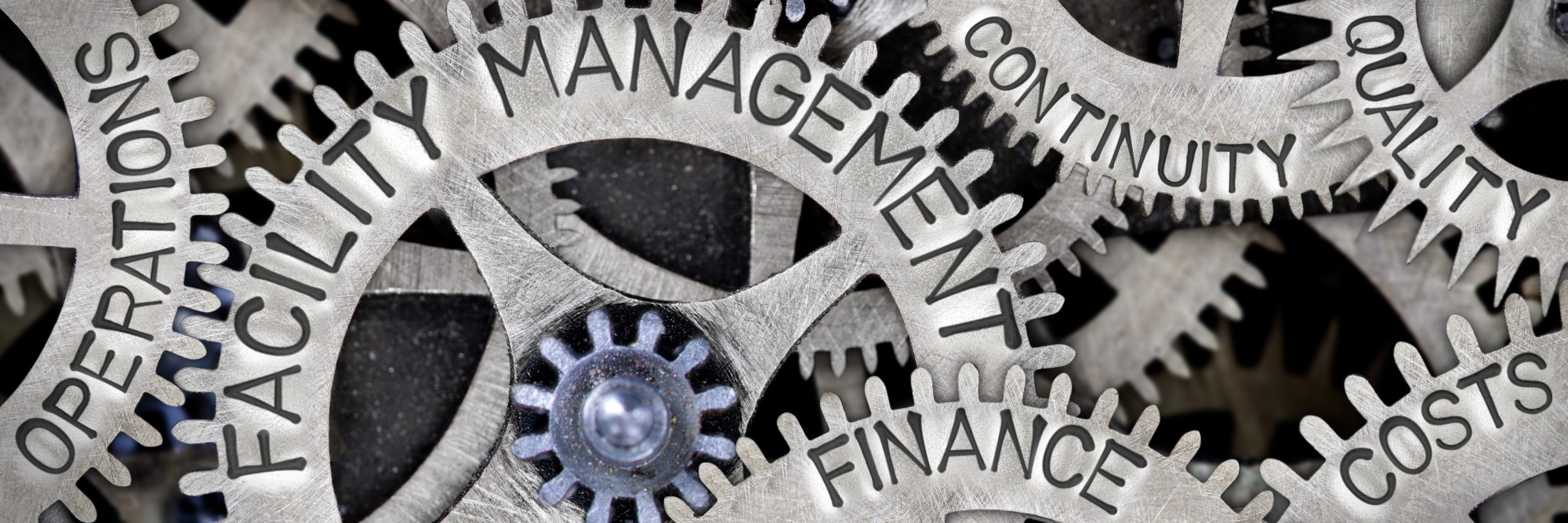<<Quote>>
When Raina (name changed) requested to combine her personal leave with an off-site work arrangement at work, little did she know that the whole Hybrid Workspace program was soon to reach a tipping point.
Here’s what happened; several similar requests had come in. The supervisors agreed to grant only some of these requests and staggered work across branches or across days to meet quarter end pressures. However, when the things quickly took a turn for the worse during the quarter end. Some of their offices creaked under the pressure of the influx of people demanding resources while other offices lay unused and empty, gathering dust and expenditure. Missed deadlines, angry clientele, blame-games and finger-pointing erupted and escalated to one resignation and one dismissal. The company had little choice but to suspend the Hybrid Work program till they could figure out how to avoid recurrences like these.
While the world has settled in to agree that Hybrid Work is the happy median, the devil, as the saying goes, is always in the details. This is evidenced plentifully by the debates raging across every channel.
Organizations rightly worry about risk and sustainability but at the same time, don’t want to lose the benefits Hybrid Work provides. The Hybrid Work idea has universal appeal. While there are many superficial products in the market, they are largely limited to seat-reservations or co-ordination meant to serve the flexibility needs of the employees. Real tools to help organizations protect their interests at the same time are non-existent.
Uncharted Waters
As questions and debates rage on, we discussed with Nishant Shah, Managing Partner of Jackstien Practices and Consulting International what it takes to create and sustain a Hybrid workspace.
The problem, says Nishant Shah, is that when one discusses Hybrid work, they tend to look only at people’s needs and ignore the organization’s needs. Organizations have their own priorities, fears and risks just like people; they need to protect the interests and address the fears of its management, owners, shareholders, regulators, creditors and other employees. “In that sense, organizations are people too” smiles Nishant.
At The Helm
Nishant Shah a former banker, advocates strongly in favour of Hybrid Work as the Future of Work. He ought to know. Jackstien Practices are a premier transition management firm but not just any transition firm; they focus on transitioning organizations to the future of work with remote and hybrid work as the focal points of their transformation expertise for distributed teams and distributed infrastructure.
“Imagine this in your mind; the goal is to reach a state where an organization operates in a productive, sustainable and profitable Hybrid Work infrastructure” says Nishant Shah. He continues “Now imagine that the bike that takes you there runs on the two primary wheels of ‘technology’ and ‘people’ with an engine intricately designed of several complicated parts… parts consisting of frameworks like expense and asset management, productivity management, statutory, legal and regulatory management, policy, tax management, operating risk management and sustainability initiatives. We transform your organization into this vehicle so you can reach the Hybrid-work goal.”
After five years in Citibank, Nishant moved to Standard Chartered in 2006 and thereafter to JPMorgan Chase Bank. Thirteen years later, in 2020, he moved out of his role as Executive Director and India Head of Operating Risk at JPMorgan Chase India and founded Jackstien Practices & Consulting International. The impact of the firm’s unique specialisation gained them the highly coveted Indian Achievers Award less than two years later. A futurist, Nishant says his inspiration to found the firm came from “the joy of aligning hundreds of moving parts; (because) I loved resolving issues on behalf of two groups who wanted what they wanted irrespective of the other side’s point of view.”
Anchoring the Hybrid Workspace
Unfortunately, a system to design, manage, or set the parameters to fruitfully anchor a Hybrid workspace didn’t exist. The light touch systems that do exist have not found favour, presumably because they are rather lop-sided and focus only on user convenience instead of also ensuring the best interest of the employer organizations. “Complexities underlying such system add up at the ground-level because such systems need to be reactive to change and do so in a controlled manner” feels Nishant.
Partner-Ship
Muzammil Patel is the Managing Partner of Acies Consulting LLP, an award-winning firm that focuses on cutting edge technology. Muzammil has himself spent thirteen years in Deloitte and Ernst and Young, two of the Big Four firms where he worked as a Management Consultant. As a senior Management Consultant in Deloitte, Muzammil had first-hand experience in risk-managing the many moving parts that constitute large organizations.
Nishant and Muzammil combined expertise of their respective organizations to incorporate Jonosfero International LLP, a Joint Venture between these two new-age firms. With several key products in the pipeline, the first mountain Jonosfero International plans to scale is a big one; developing a system to create and sustainably manage Hybrid Workspaces from an organization’s viewpoint.
Undock and Sail-Forth?
Leaving the restrictive shores of on-premise work requires the right tools before undocking. Nishant feels Jonosfero International has what it takes to create just such a technology tool, code-named work.IS. Only time will tell whether work.IS, which Nishant says stands for “Work In-Situ”, lives up to its promise. The pedigree is certainly promising.
<<Unquote>>



